Chernobyl Exclusion Zone
- Jessica Lynn Wiebe

- Jan 22, 2019
- 11 min read
On December 17th we went on a day trip to the Chernobyl Exclusion Zone with SoloEast Tours - they were great! It was a very cold morning but we dressed as warmly as we could. We met our group and our guides for the day near Independence Square and left Kiev at 0800. During the two hour drive we watched a couple documentaries that unpacked the events and aftermath of the Chernobyl Nuclear disaster.
We arrived at the edge of the Exclusion Zone around 1030 and were instructed to line up at the checkpoint to show our passports and tour passes in order to be let in. This was our first stop of many throughout the day and the vehicle door was left open at every one.. so there was not much “getting warm” in between locations.

Side Note: Chernobyl is located 56 miles (90 km) northeast of Kiev and about 10 miles (16 km) south of the border with Belerus. The Chernobyl Nuclear Power Plant was built during the 1970’s and 1980’s. The nearest town to the power plant was the newly built city of Pripyat. The city of Chernobyl is about 10 km south of the reactor and was home to 14,000 residents.
On 26 April 1986 a late-night safety test lead to an explosion in Reactor N.4, killing two technicians and sending plumes of radioactive fallout into the atmosphere over an extensive geographical area. 28 firemen and employees died in a short period (weeks to months) from radiation effects. It was not until 36 hours after the accident that Soviet officials evacuated 49,000 people within a 10km radious of the reactor. This zone increased from 10-30 kms and a total of 135,000 evacuees. Today it there are roughly 3000 residents who live in the town of Chernobyl. No one lives in Pripyat.
** Again. It was very cold. But we did dress much better than most of the others. Though our new friend Carl (<<< click to check out his IG account) had us beat with his snow pants, winter boots, and all of the merino wool. He did not feel cold all day. I abandoned my gloves very quickly for ease of taking photos and video. I ended up stuffing my hands in my jacket’s fleece lined pockets in between my constant need to document everything.
Arriving in the city of Chernobyl, we stopped at a restaurant (I think set up for tour groups), had a short lunch, and took off to explore. Driving through the city we saw pipelines above the ground to transport water free of radiation to the people living there.

Our second stop within the Exclusion Zone was at a “soviet military base” that boasted secrecy and speculation during the Cold War. Prior to April 26,1986 over 1,500 military personnel, scientists, and technicians lived on this base. It’s location was disguised as a summer camp on maps of the area. The Duga-3 radar system was built here during the 1970’s. It was one of three installations that made up the Soviet early-warning missile network. When the massive structure was initially built, they did not have strong enough computers to process the data. As computers got better this got easier.
In 1976 it began to broadcast a sharp tapping sound that disrupted radio broadcast and communications around the world. This sound was nicknamed ‘the Russian Woodpecker’. Following the explosion in 1986 this interference stopped. The large over-the-horizon radar system still stands high over the pines and firs at 150 meters tall and 550 meters long
- silently, deep in an irradiated forest.
The entire system weighs around 14,000 tons. Our guide was saying that a lot of things have been blown up around the area but they worry that if they were to blow up the Duga-3 that it would create an earthquake like effect which would most likely collapse the inner sarcophagus of the Reactor N.4.
We walked past an old security gate that was painted a dark green with two large silver metal Soviet stars. Walking down a snow covered road by old buildings (some painted with Soviet imagery) we saw rusted military vehicles and a couple wooden sentry boxes.

Turning down a snow covered path through the woods we moved toward the massive line of antennas. When I stepped into the clearing I was mesmerized by its massive steel aesthetic. No picture could do it justice. I tried. But gave up quickly and took a selfie instead. >>>>>
There is a section at the beginning of the system where the wires cross from one antennae to another horizontally and stack upwards from the bottom to the top. It looks like a large sheet of loose leaf paper in the sky. (Image in the first gallery of photographs of the Duga-3 posted above).

Our next stop was the small kindergarten school. Prior to this trip I had seen many photos that were taken here: of children’s shoes, stuffed animals, dolls, small bed frames, books, and papers strewn everywhere. I had the feeling that some toys and things were placed specifically for tourists to take photos of, but it was fascinating all the same. And most things had simply been left scattered after being looted. The dolls and old plastic toys had a spooky vibe. This was not in a haunted kind of way.. but in a sad and forgotten way.
The whole Exclusion Zone - most specifically Pripyat - felt like someone just froze time. It was surreal. I felt like I was in a dystopian novel written by Margaret Atwood. I definitely thought about Snowman (Oryx and Crake) and how it would feel to be completely alone, surrounded by quiet deserted buildings overgrown by dense forest.
When we left the icy front steps of the kindergarten school we drove towards the Chernobyl Nuclear Power Plant. Our driver pulled over and stopped along the Pripyat River so we could jump out and view Reactor N.4 from a distance.

All four reactors have been shut down since the accident. A sarcophagus was initially built around the reactor to lock in the 200 tons of radioactive corium, 30 tons of highly contaminated dust and 16 tons of uranium and plutonium. It was announced after being built that the sarcophagus would only last 20-30 years. So a new steel structure was designed and built over top. This was an incredibly innovative feat by engineers and its worth it to watch a documentary about how they did this.
We stopped in front of Reactor N.4 and took pictures of the monument dedicated to those who were lost and affected by the disaster. Upon leaving, we drove past a field next to I the reactor covered with pipes and metal structures that at one point were actively used and tended to by the workers of the plant. Today people still work here as part of on-going research, maintenance and, site clean up. The clean up is scheduled for completion in 2065.

Our driver pulled over again and stopped beside the road sign just outside Pripyat. The radiation levels here are high, especially near the ditch as the roads in the Exclusion Zone are cleaned often. During the disaster the wind shifted northwest. Just passed the sign we drove over a bridge towards Pripyat. This bridge has been given the name “Death Bridge” as many people and children of Pripyat stood watching the fire at Reactor 4 following the initial explosion. The radiation from the reactor jumped and swept over this area, laying quietly over their heads as they watched the spectacle. With a heavy sadness, knowing their fate, we continued to drive into Pripyat. We passed through another check point and began to pass old Soviet style apartment buildings, one after the other, largely camouflaged by thick forest as we headed towards the city centre.

The population of Pripyat was 50,000 with 15,000 children in 1986. The average age of the population was 26. The city was built for the workers at the Chernobyl Nuclear Power Plant and was the model “Soviet” city. It was the ninth nuclear city (a closed type of city) in the Soviet Union, to serve the power plant. The families were very well off because of their jobs.
Our first stop in Pripyat was the Azure swimming pool and gymnasium. As we walked into the gym and through the change rooms to the pool area, I imagined families spending their day here. It made me think about going to the pool when I was a kid and the sounds that echoed in the YMCA back home.
The basketball court and the pool were spectacular. The lighting was soft through large windows that no longer hold glass. The building was surrounded by trees covered in soft snow. If the pool was full and frozen over, it would be a sort of dystopian ice palace. Apparently, the pool was used up till 1998 by the liquidators (civil and military personnel who were called upon to deal with consequences of the nuclear disaster).

The building next door was a massive school: elementary, middle school, and high school. This is the building with the has the large pile of gas masks scattered across the floor. When I walked into the room I saw everyone standing around a pile of rubble and taking photos of the floor through. Thinking it was a pile of rubble I just pushed through and started to explore the building. I did however, take a
picture on my way out. But it had gotten darker and I didn’t even notice the gas masks... I was more fascinated by the broken sinks along the wall.
I did find other things though. I found a kitchen with rusted ovens an old broken racks. I found empty school rooms somee empty and some with rows of desks and old books. And a very long creepy hallway.
When I went outside I found the group standing around our guide listening to her stories. I realized that Olivia and Carl were not there, so I went back in the building to look for them..

In this moment I felt completely alone. Which made me feel a bit anxious. I bit my lip and headed up the stairs for the second floor. I had a frantic moment when I realized they probably just left the building from a different exit - which made me further realize that I might actually be completely alone in this huge abandoned school.. like Snowman! I felt silly and continued the search. I’m pretty sure this all happened within 5 minutes tops..
Eventually I heard soft voices down the hall and followed. I found them excitedly going in and out of different classrooms. They showed me a room that had a small stage for school concerts and then we heard our guide call for us to leave.
One downfall of travelling in the winter is losing the daylight as the sun set around 1530. Because of this, the one-day group tour was a little rushed at each location. However, at the same time there was many pockets of stillness and silence. I do hope to go back to Ukraine. I would definitely book another tour of Chernobyl, but I would hire a guide and do a two day trip so that I could step off the tour grid, slow down, and have more time to compose photographs and really sit with these empty spaces. I could easily spend weeks wandering this city and other parts of the Exclusion Zone.

Our next location was the fair grounds with the iconic yellow ferris wheel and rusted bumper cars. I had imagined there would be more fair rides here, but there was just a few.
When our guide held the Geiger counter up and touched it to the bottom of the ferris wheel’s metal chair, it jumped to 300. Metal holds radiation very well. Hence not to touch things or sit on the ground within the Exclusion Zone.
Our guide explained to us that the explosion and ensuing fire happened over a holiday week. People were not evacuated until 48 hours following and many were at the fair during this time, riding the ferris wheel and being sprinkled with radiation.

We walked through the park and into Lenin Square, stopping in front of the Palace of Culture Energetik. This was a cultural centre that had a cinema, theatre, library, gymnasium, swimming pool, boxing ring, dance hall, multiple study halls, and a shooting range in the basement. The library was on the third floor and discos were hosted every weekend on the second floor.

Next to the Palace of Culture stood the Polissya Hotel. This is the tallest building in Pripyat and for all of ya’ll video gamers, it was featured in Call Of Duty 4: Modern Warfare. << link to a YouTube video. The third building that outlines Lenin Square is the grocery store.

As we walked towards the large grocery store our guide told us about the many children and families that had been sitting outside on the patio eating ice cream cones as radiation rained down following the explosion. This was absolutely devastating information to take in - as was the whole day. I could not get this image out of my head. Ice cream is one of the happiest foods you can eat and they sat here happily ingesting the falling radiation
which has massive health effects.
Our guide told us that there have been many deaths since the accident that are linked to living or working in the area of Chernobyl. She stated that many people that were exposed to radiation in the Exclusion Zone have died at a young age from organ failure like hearot failure, heart attacks, kidney failure, liver failure, etc. She said that these cases have not been linked to radiation exposure from the Chernobyl disaster. She added that cancer rates were actually relatively low. She said that it is important to remember how young the population was in Pripyat in relation to the cases of hearth attack/failure.
Side Note:
Health effects: I was unable to find research to back up her comment that exposure to radiation in Chernobyl is linked to cases of organ failure of the people who were evacuated from the Exclusion Zone or worked as liquidators.
The Radiation Facts: There are three types of radiation in Chernobyl: alpha, beta, and gamma. Alpha radiation is the least harmful. Though if swallowed or inhaled can stick in the body and cause mass radiation in a specific area that can lead to cancer. Beta is very similar to alpha though the particles are smaller and can go into the skin if not stopped. This causes “nuclear burns” under the surface of the skin. This can become worse if the person has severe radiation sickness - this happened to many of the liquidators and firefighters who were first to arrive at the reactor following the explosion. Also, like alpha, it can be ingested or inhaled and remain in the body for years causing sickness.
The gamma radiation has no particle and because of this it can be less dangerous than alpha or beta, because it cannot stay within the human body, but the immediate damage of gamma radiation is often far worst than the long term effects of alpha and beta radiation. The gamma radiation can go through the entire body of a person and if it is a high dose it can kill them in a very short period of time.

At this point we had pretty much lost the light and headed back towards the van. As I snapped a few last photographs, I looked up to this apartment biulding (left) and had the urge to keep exploring. Even though this city been liquidized, looted and explored a million times over, I still wanted to wander down empty halls, into lifeless apartments, and walk down snow covered
streets.

Leaving the Exclusion Zone we went back through three checkpoints and had our bodies scanned for radiation at two of them. The “radiation detector machines” only took a few seconds before the gate opened to let you through. I am pretty sure that these checks are for the tourist’s “peace of mind.” I loved the colour of the radiation detector machine and the rooms matching walls.
It was a very quiet drive home. The heat of the van, our bodies thawing, and the hum of the road knocked us right out. It was a long day that passed by way too quickly.
I want to know and something to ponder:
What is it in our human nature that attracts us to abandoned places?
Does it remind us of our fragility, of being human? Is it a heavy reminder of how society destroys, discards, and forgets? Maybe its not human at all - maybe it is an ethereal threshold between human-made structures and nature thfat provides a deep contemplation. Abandoned places are otherworldly.
Perhaps it is as simple as being curious. A fascination with what the world would look like without us in it. Or even easier yet - we hope to walk around the corner and find something left behind that no one else has found.
Abandoned places are a photographers dream. They present unlimited perfect compositions regardless if a human being ever bears witness. The peeling paint, broken windows, rust covered objects, and nature consuming concrete, will always draw us in.













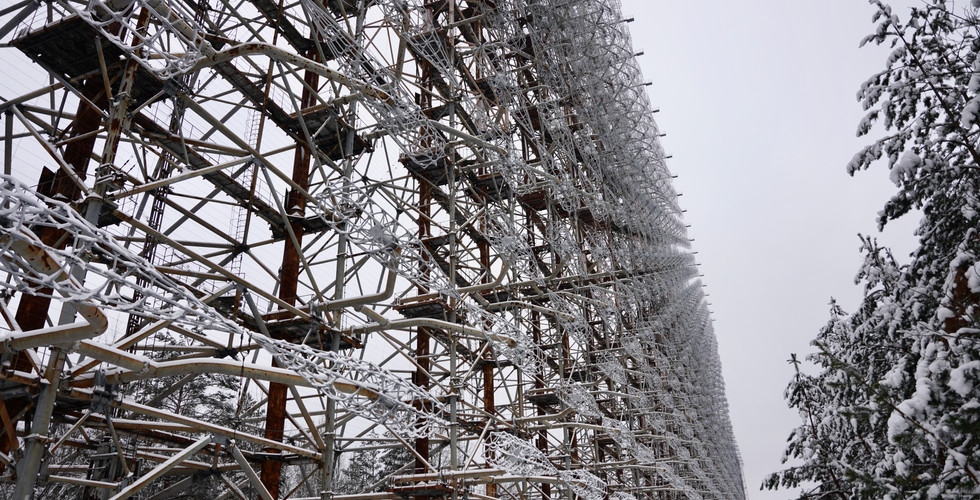








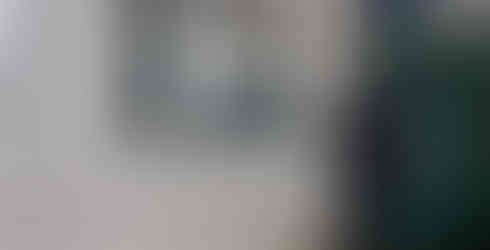










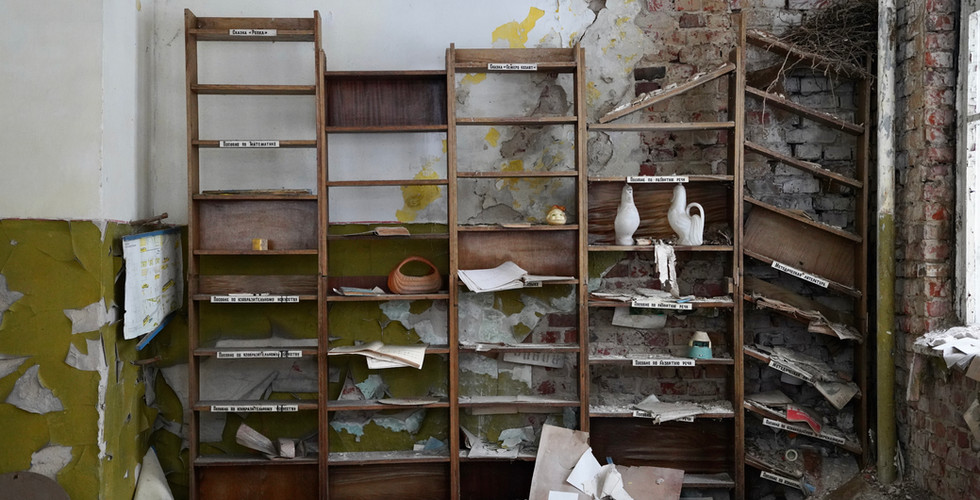



































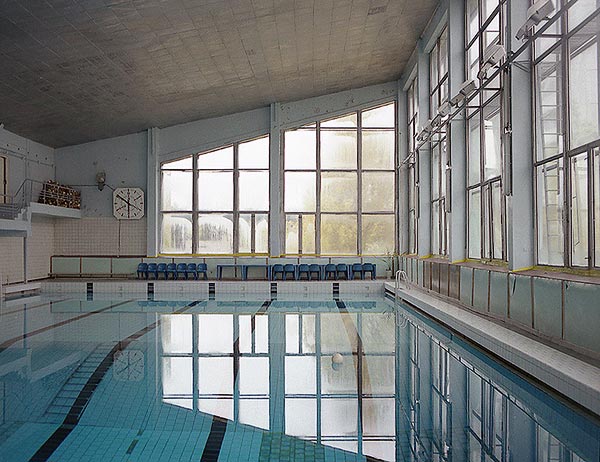















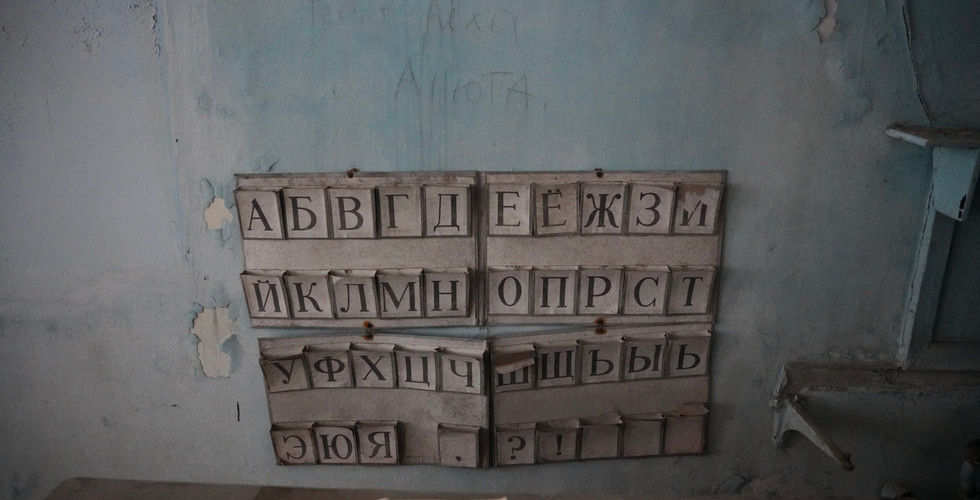
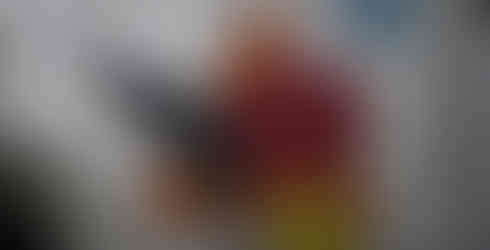




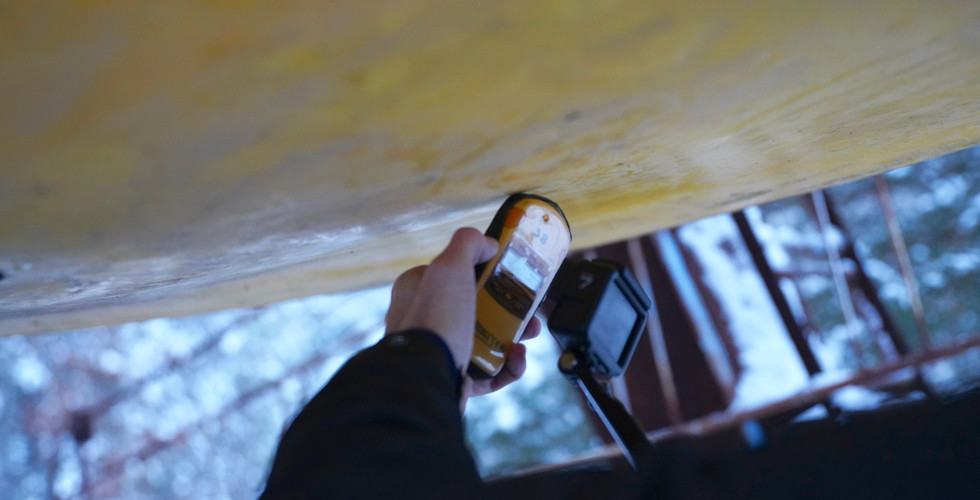
















111
312
rewqw